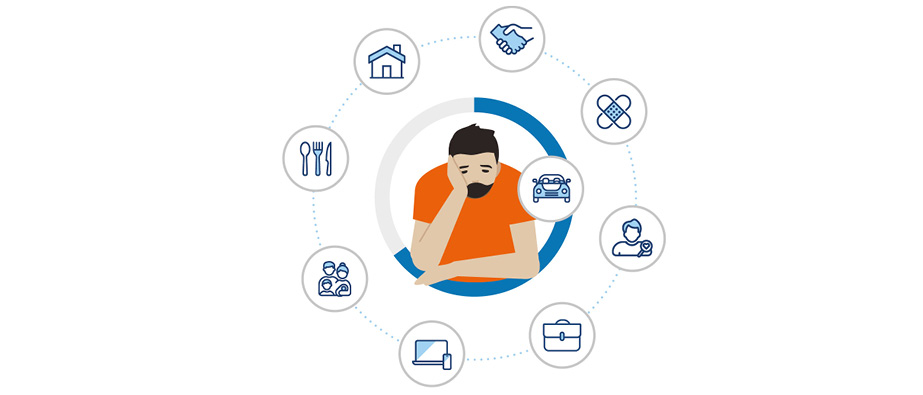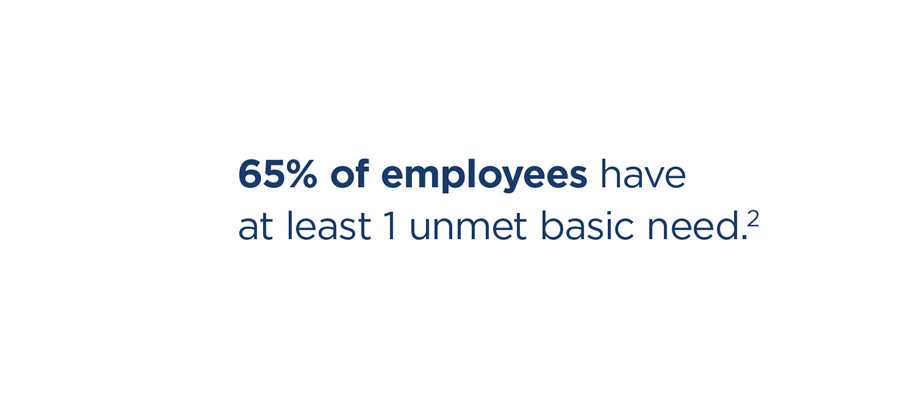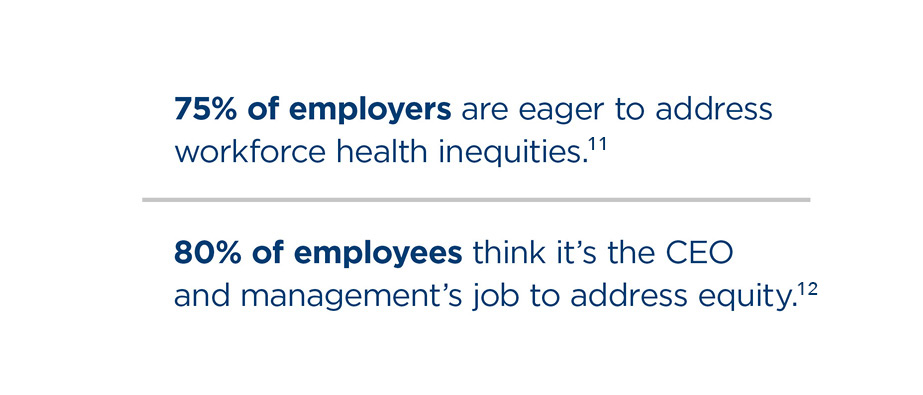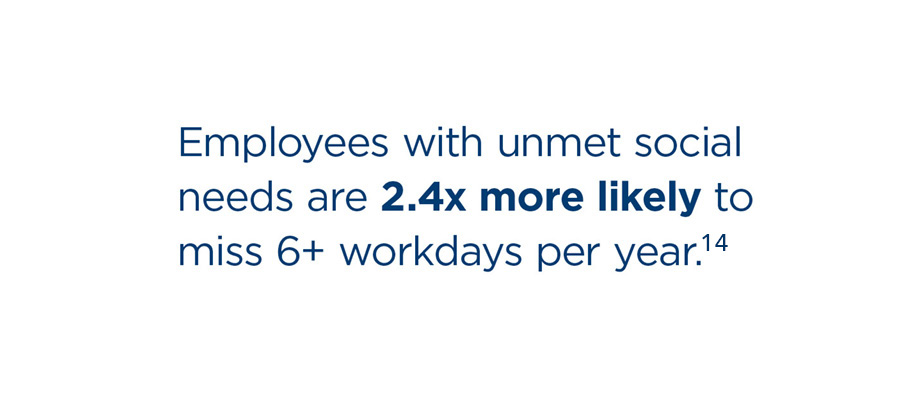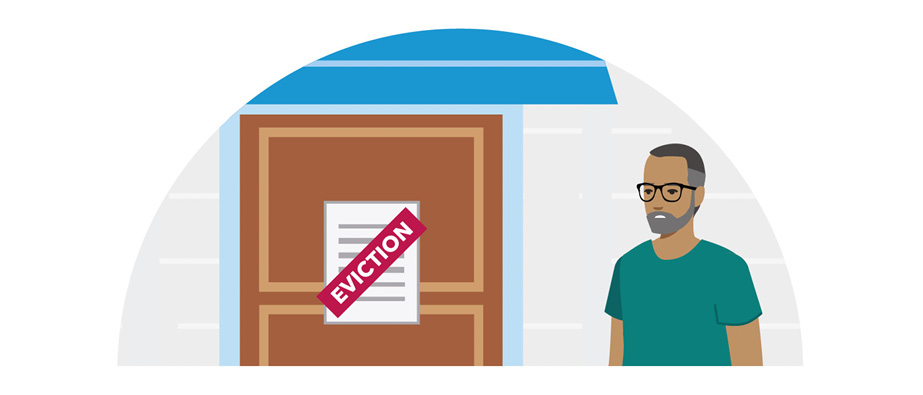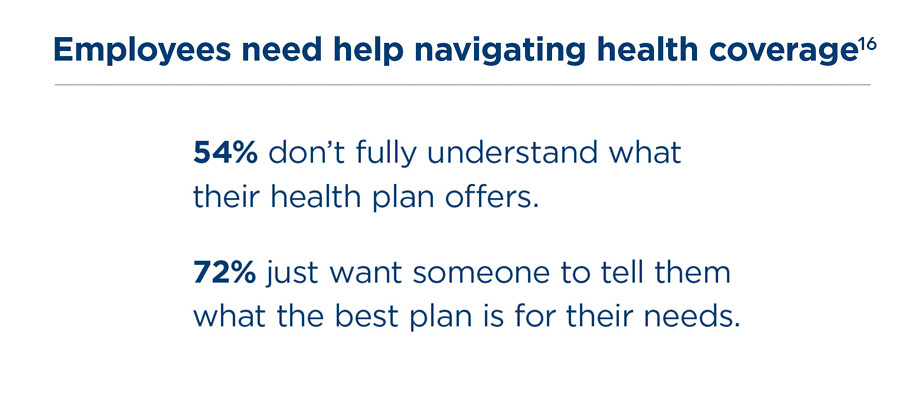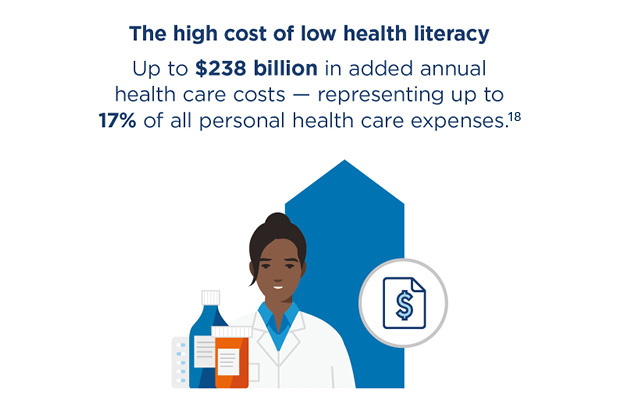Sixty-five percent of employees have at least one unmet basic need.
4 Many unmet social health needs are related to finances, but that doesn’t mean only low-income workers are at risk. Workers throughout your organization may experience the impact of inflation or financial pressures to varying degrees. You’ve likely experienced sticker shock at the price of eggs or gas. Remember that if your employees are struggling to make ends meet, they’re not able to give their best at work.
- 60% of U.S. adults, including more than 4 in 10 high-income consumers, live paycheck to paycheck.5
- 30- to 59-year-olds have $26,000 average in nonmortgage debt — like credit cards, auto loans, student loans, and medical bills.6
- Child care costs average more than $10,000 a year.7
- The number of adults who say they sometimes don’t have enough to eat is up 23% since the beginning of the pandemic.8
Employees who are facing financial struggles may need to make difficult decisions that could ultimately harm their health — like delaying health care, cutting back on medications, and eating cheaper, less healthy food. Employers that provide benefits and rewards to support social health, alongside physical and mental health, help lift the burden for these employees.

